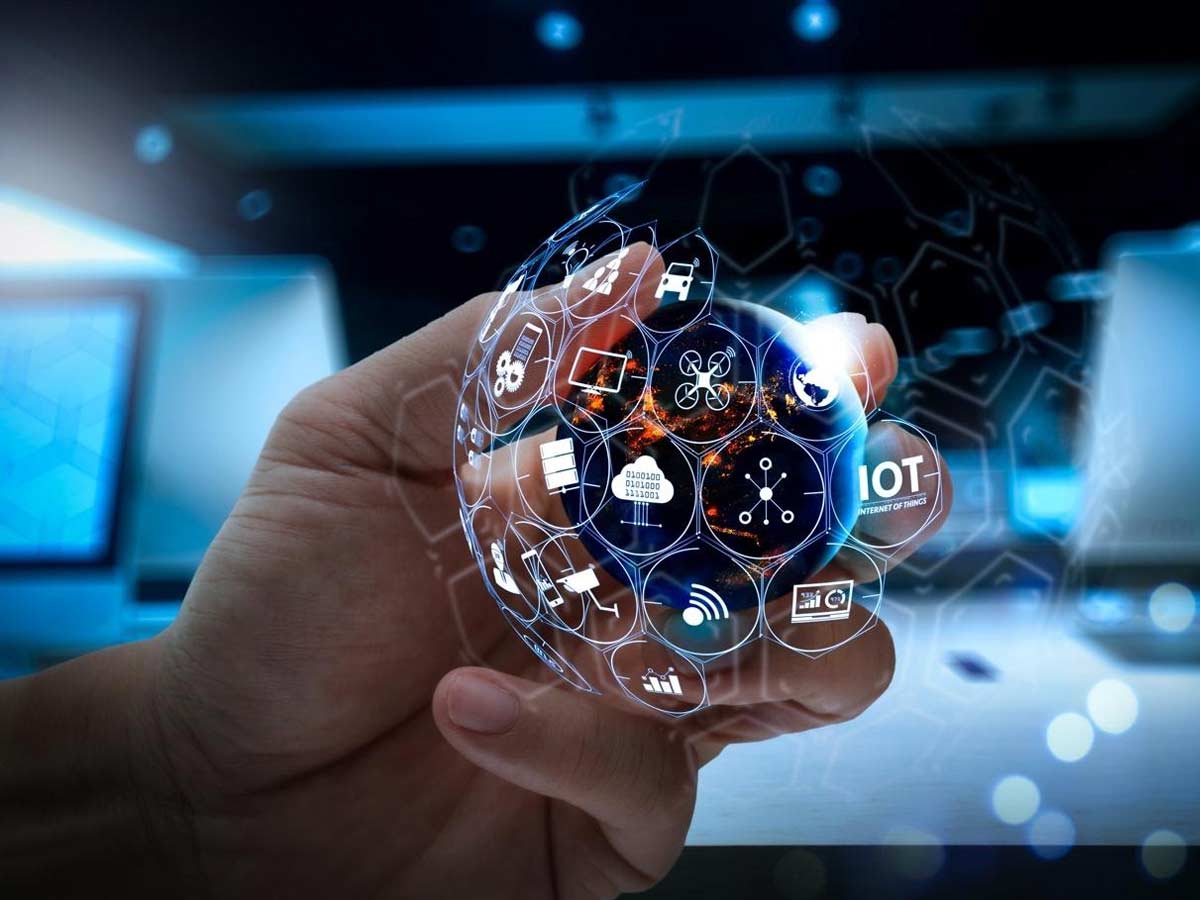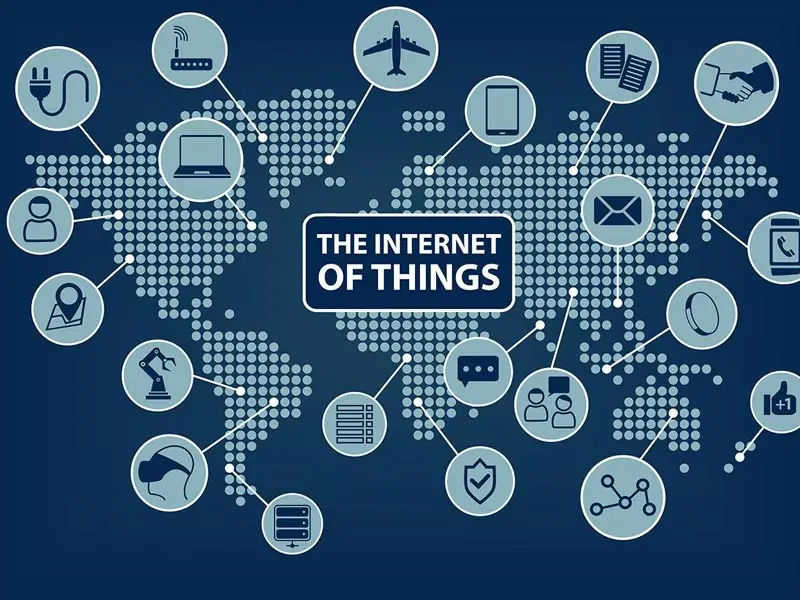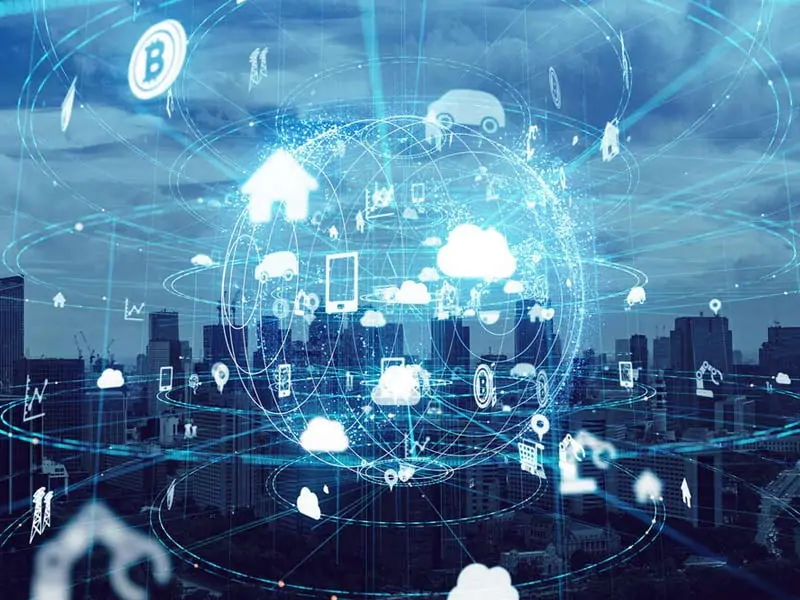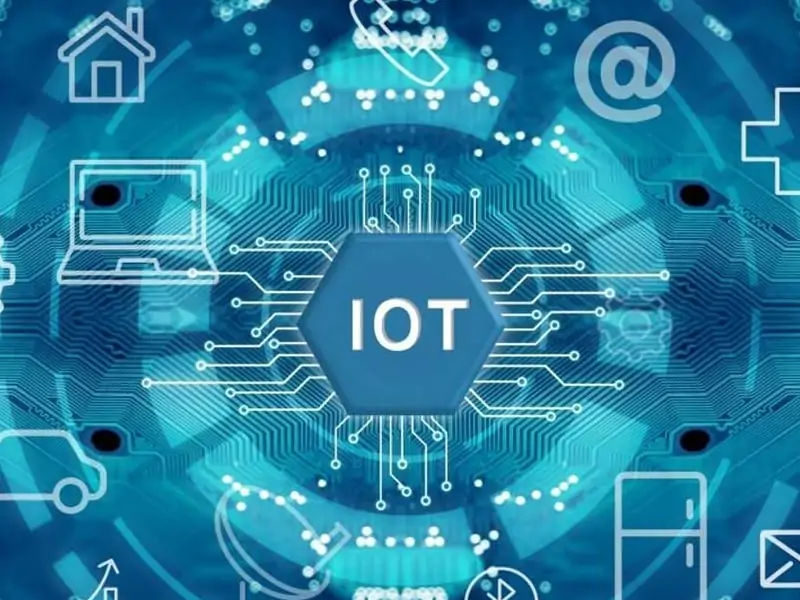Internet of Things: Everything you Must Know
Shortpedia
Content Team
Internet nowadays has become one of the basic needs of the present generation. People are so addicted to the internet during this age that they can’t survive even a minute without the internet. And this is just because of the ample benefits and applications of the internet. Internet is the source available in every part of the world and makes things just a cakewalk with few clicks. Whether a student, a teacher, a lawyer, a doctor, an engineer, and so on, everybody uses the internet to gain information or stay connected with other people through social networking sites. The Internet has now become that part of our lives that is now impossible to cut out!
Internet of things is an important term related to the field of the internet. But there are so many terms related to the internet that is not known by the many, and one of such terms is the Internet of things. So, are you curious enough to know more about the Internet of Things than keep scrolling……? Let’s have a deeper look and know everything about the Internet of Things.
WHAT IS THE INTERNET OF THINGS?

Internet of Things, also known as IoT, basically refers to the millions and billions of physical devices present worldwide and are connected to the internet. The physical devices or objects are described as ‘things.’ These are embedded with the software, sensors, and other technologies to connect and exchange the data with other systems and devices over the internet. And for this, huge credit goes to the arrival of super-cheap computer chips and the ubiquity of wireless networks. This has only made it possible to turn everything from a small pill to a huge airplane into a part of IoT.
Connecting all these objects or things and adding the sensors adds to the level of the digital intelligence to the devices that would be otherwise dumb. The connection of these things or devices enables the communication of real-time data without involving any human being. Generally, the Internet of things is making the fabric of the world even more responsive and smarter. It is an initiative to merge the digital and physical universes.
HISTORY OF INTERNET OF THINGS

The idea of adding intelligence and sensors to the devices or objects was being discussed throughout the 1980s and 1990s. But the progress for the same was very slow as then technology wasn’t that ready and developed. Then, the chips were too bulky and too big that there was almost no way for the objects to communicate effectively. The processors were cheap and power-frugal enough to be all. Still, disposable were needed before they finally became cost-effective to be connected up the millions and billions of devices.
Adopting the RIFD tags, the low-power chips that can communicate wirelessly, solved this issue. With that, there was the increased availability of wireless and cellular networking and broadband internet. Then the adoption of IPv6 helped a lot in providing other things such as enough IP addresses for each device in the world or even in the galaxy. Also, this was a major need at that time, and hence it was a great and necessary step for scaling the Internet of Things.
The term Internet of Things was coined by Kevin Ashton in the year 199. However, RFID tags that were expensive equipment that helped track the location were one of the first Internet of Things applications. But since then, the cost continued to be fallen down and technology kept on getting upgraded. Still, it took almost another decade for the technology to catch up with that vision.
WORKING OF INTERNET OF THINGS

The ecosystem of the Internet of things contains smart devices like processors, communication hardware, and sensors. These devices collect, send and act on the data that they acquire from the environment. The data is collected by connecting to the Internet of things gateway or another edge device. The data is either sent to the cloud for analysis or is locally analyzed. And even, sometimes these devices communicate with other devices related to it and act on the information they get from one another. The best part of the internet of things is that these devices do most of the work without the intervention of human beings. However, people can interact with the devices, such as setting them up, giving them instructions, or accessing the data.
IMPORTANCE OF INTERNET OF THINGS
Internet of things helps in making people work and live smarter. Also, it helps in gaining complete control over the lives of the people. When it comes to the Internet of things or IoT leaves no room empty. From offering smart devices to the automated home to the essential business amenities. Internet of Things offers every possible facility to the business, including a real-time look into how their system works. It also gives insights into everything from the performance of the machine's supply to the logistics operations. Also, the Internet of things enables companies to automate the process and helps in the reduction of labor costs. Internet of things also helps cut down the wastage and improvises the delivery service, and makes it even less expensive to manufacture and deliver the goods. Moreover, the internet of things offers great transparency into the transactions of the customers.
So, the Internet of things is one of the essential parts of our lives, and this fact cannot be denied.
